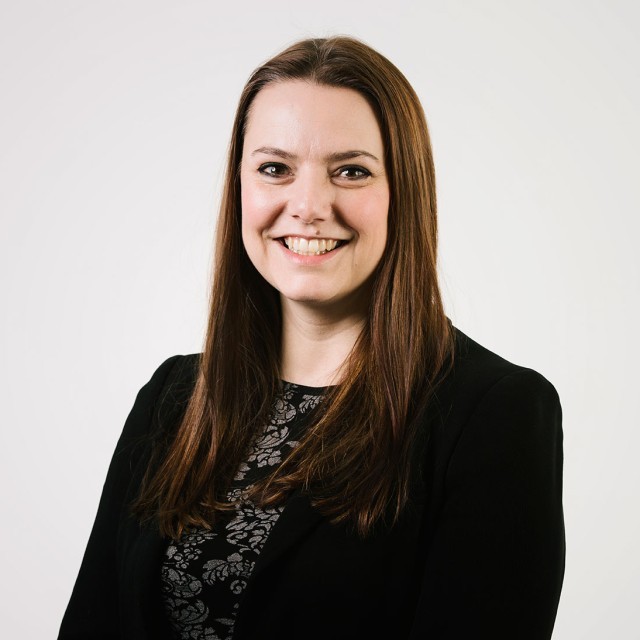Disease claims are on the rise, fuelled by (but not exclusively) deafness claims. As they increase, so do the number of spurious and fraudulent claims as fraudsters seek new opportunities in non-motor areas?
Identifying the disease sector as an easy target, they aim to take advantage of the number of claims linked to historical companies which are no longer trading, expecting their account to go unchallenged.
Amanda Nuttall discusses what insurers need to be aware of when it comes to tackling fraudulent disease cases.
Fraudulent claims include:
For example, claimants may allege that they worked in noisy areas of a factory for longer periods than actually occurred, (or worked in noisy areas when they did not). They may deny they ever had access to hearing protection which may, again, be untrue. In suspicious cases involving HAVS (Hand Arm Vibration Syndrome), it is common for a claimant to give a grossly exaggerated account of the extent of their exposure.
We are increasingly discovering instances where the same claim has been brought previously or where claimants are former directors of the companies they seek to sue for their own hearing loss. For example, we handled a mesothelioma claim where the claimant had previously brought a claim for pleural plaques which he had settled on a “once and for all” basis.
Identifying misrepresentation is crucial, for example inconsistent and inaccurate responses to audiometric testing could identify a claimant who is deliberately exaggerating their hearing deficit.
Typically, this is for hearing aids in deafness cases. Some doctors routinely suggest that claimants with a modest hearing deficit need very expensive, state of the art hearing aids. Claims are submitted for tens of thousands of pounds for aids which, often, the claimant has no intention at all of purchasing.
Since 2012, NIHL claims notifications to the value of £979 million have hit insurers. Where has this spectacular rise come from?
After the LASPO reforms and the RTA portal clamped down on claimant costs in the motor arena, many claimant firms sought to move into other areas of specialism where the Government had yet to clamp down on the amount and recoverability of claimant solicitors’ costs. One area many have seen as a lucrative cash cow is NIHL claims. These claims are often of low value and claimants expect their version of events to go unchallenged, given the difficulties in tracing historical companies that are no longer trading.
Whilst there is a disease portal in existence, the majority of claims entering it do not continue. We see many instances where claimant firms are abusing the process by failing to provide information or evidence, which therefore means the claim exits the portal, allowing firms to avoid fixed costs and then build significant costs schedules.
Although the increase in deafness claims has been dramatic, the quality and validity of many claims presented has been poor. Limitation is regularly raised with numerous claims being years, if not decades, out of time. Other claims fail as claimants are simply unable to demonstrate that their employers failed in their breach of duty to them.
Keoghs has successfully repudiated between 80% - 85% of NIHL claims received in 2014, with no payments being made to claimants or their solicitors. This high rate is echoed by at least one major disease insurer, showing that a large number of spurious claims are being received, but also prevented.
Keoghs has analysed the postcode areas of the thousands of NIHL cases received in 2014*. It is of little surprise the areas generating the most NIHL claims include the great industrial heartlands of twentieth century Britain.
49% of claimants resided in the North of England and 37% in the Midlands and South Yorkshire. The steel city of Sheffield has, to date, generated the most claims pursued. Furthermore, Sheffield residents have pursued 20% more claims than its nearest rival, Newcastle. Together, the top 10 cities and towns have presented 37% of the NIHL claims pursued against employers and their insurers.
What may be of surprise, is that 20% of the claims pursued are brought by solicitors based in Blackburn. Together with solicitors based in Bolton, Stockport and Liverpool, they are responsible for 50% of the claims brought.
Aggressive marketing through on-line claims platforms, TV and newspaper advertisements has led to a number of firms based in these locations cornering the market. Indeed, when looking at claimants using solicitors based in the Blackburn area, only 12% are based within the BB postcode, demonstrating the national reach these marketing campaigns can have.
Reference:
* all NIHL claims received by Keoghs in 2014, both genuine and suspicious
Interestingly, as reported in the motor fraud arena, there are worrying issues arising from the medical professionals involved in supporting claimant’s claims. Audiograms are provided to support the claim for hearing loss with many audiologists working in tandem with ear, nose and throat consultants. Insurers routinely ask for a second audiogram to be provided to support the loss of hearing claimed. Repeat audiograms, usually undertaken in local NHS hospitals, fail to match the findings of the claimant’s own initial audiogram. Between 40%-50% of hearing loss claims are successfully repudiated on the basis of the initial audiogram being inaccurate and the level of hearing loss claimed not being supported by independent medical analysis.
As more noise (excuse the pun) is created in this field, we continue to monitor behaviours of claimant firms, audiologists and ENT consultants and provide clients with the required support and intelligence to tackle these claims.


The service you deliver is integral to the success of your business. With the right technology, we can help you to heighten your customer experience, improve underwriting performance, and streamline processes.